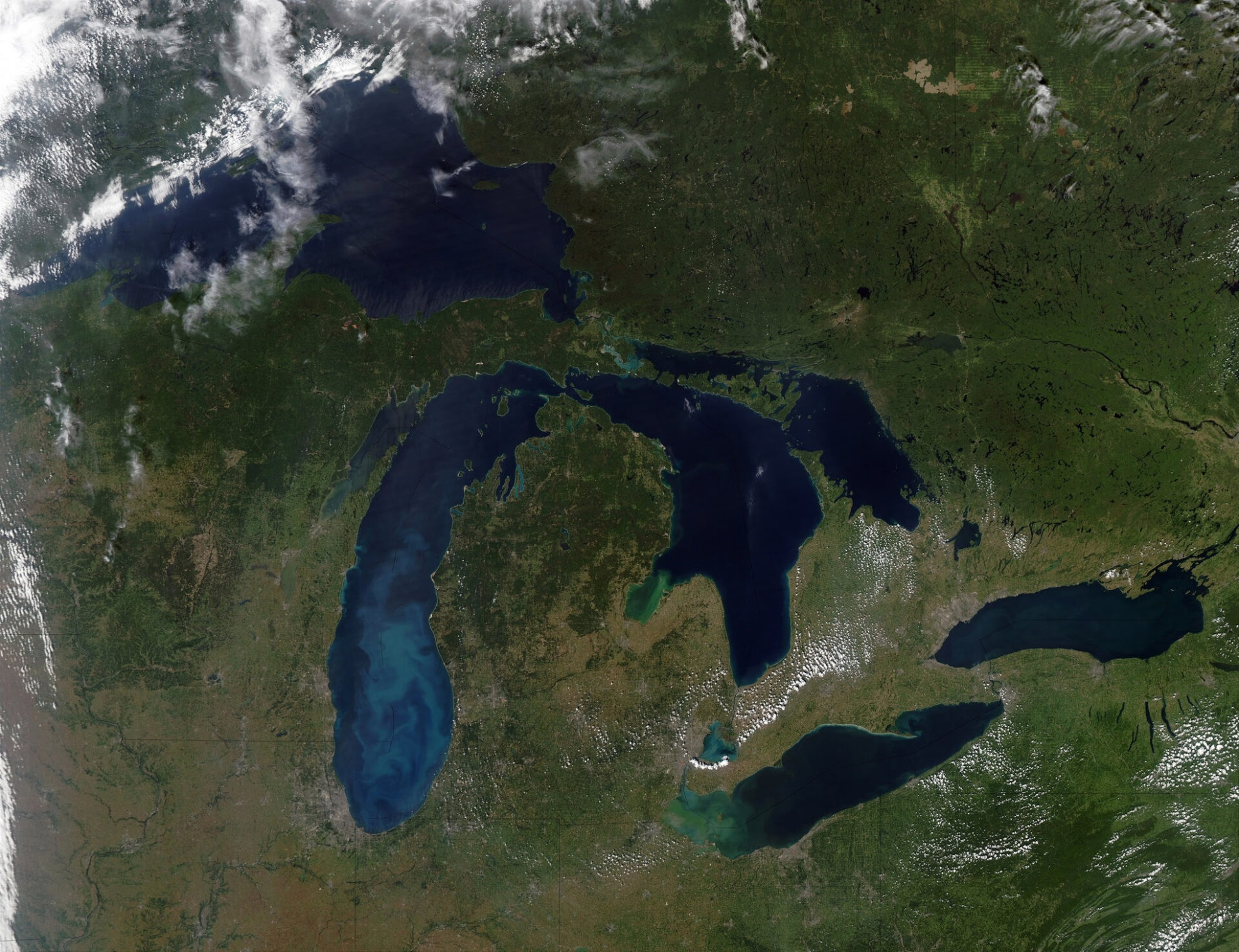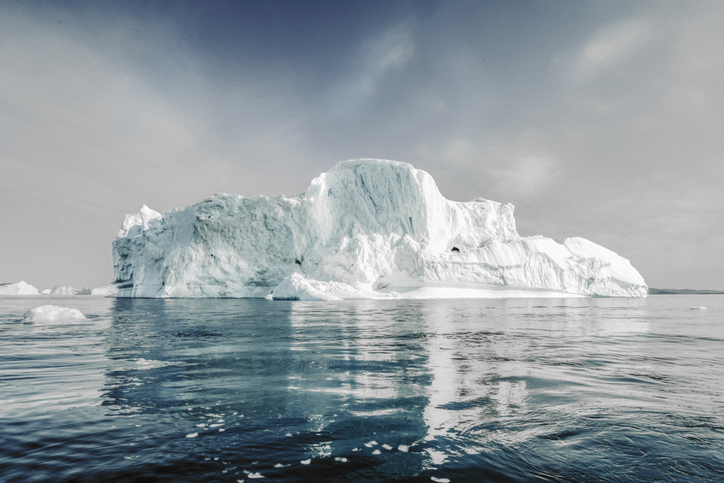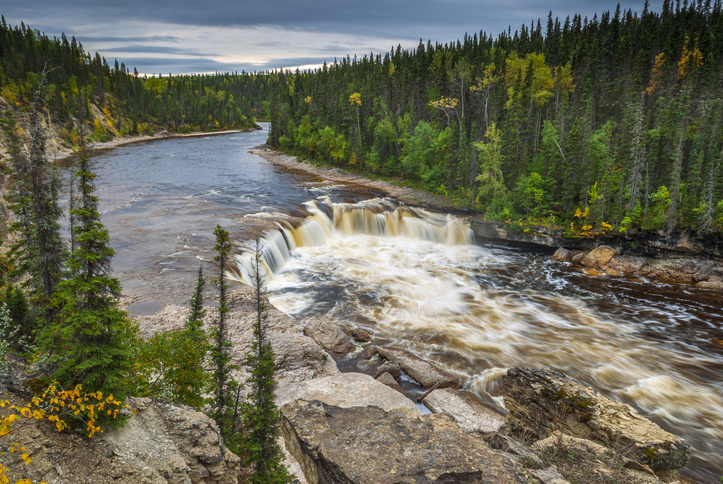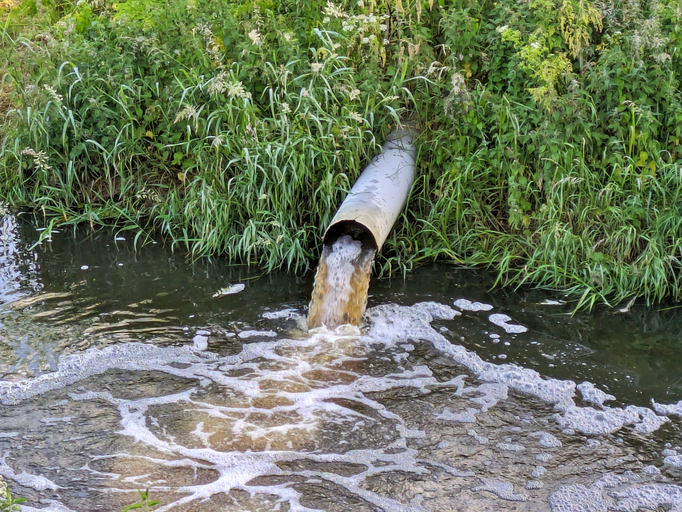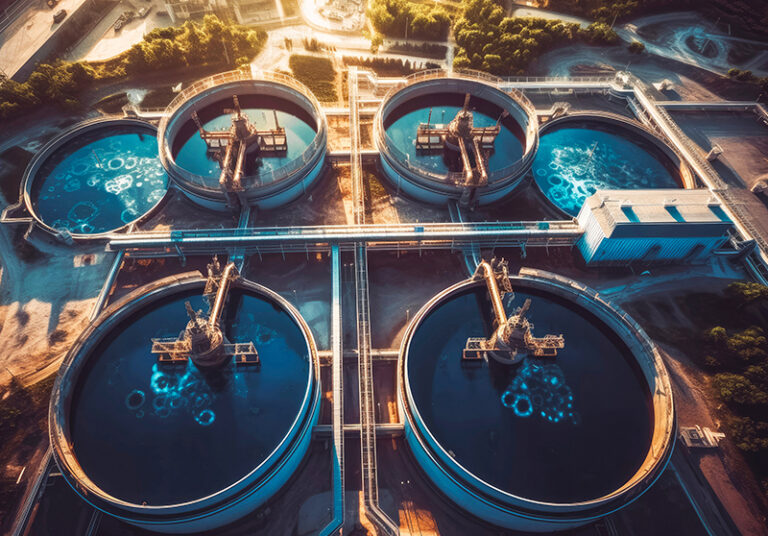Canada and the U.S. share the Great Lakes except Lake Michigan. Half of the trade between the two countries takes place in and around the Great Lakes. Recent rhetoric from the U.S. government raises concerns about Canada’s sovereignty and resources. Dr. Roy Brouwer, a professor of economics and executive director of the Water Institute at the University of Waterloo, discusses managing and safeguarding Canada’s water resources.
What is the economic value of Canada’s water resources?
A precise dollar value is unknown because a part of what we consume is priced, while other uses are free. The significance of water in economic development is clear in a wide range of industries, including agriculture, energy, mining, manufacturing, transportation, municipal water supply, tourism and recreation, and fisheries.
How important is water to Canada’s economy?
Statistics Canada calculates that industry uses almost 16 cubic metres — 16,000 litres — for every $1,000 in GDP. Hydropower is one of the largest water users in Canada and responsible for about 60 per cent of total electricity production in Canada, with a sales value of more than $50 billion per year. Other important water users are manufacturing, mining and irrigated agriculture.
How do Canada and the U.S. share the Great Lakes?
A long collaboration between Canada and the U.S. to manage shared water resources started with the creation of the International Joint Commission in 1909. It is an independent bi-national organization whose primary aim is to help prevent and resolve disputes relating to the use and quality of the shared boundary waters between Canada and the U.S. A key agreement between the two countries is the Great Lakes Water Quality Agreement, signed in 1972 and updated in 2012, identifying shared priorities and actions needed to restore and protect the Great Lakes.
With Canada and the U.S. in a trade war despite CUSMA, what is the risk of the Trump administration breaching agreements about the Great Lakes and what is at risk?
It is hard to predict. Transfers of water from one basin to another using pipelines or canals are costly and can significantly alter water supplies, hydrology, the economy and environment in the donor basin. Since 30 per cent of U.S. GDP is generated in the Great Lakes region, it seems unlikely that the U.S. government will jeopardize the Great Lakes economy and jobs by taking away its key resource. Ten percent of the U.S. population live and work here. Current water infrastructure is in urgent need of repair and replacement to respond to the anticipated impacts of climate change. There is an opportunity to build back infrastructure better using a circular economy approach to reduce and optimize the use of water — benefitting us all — not only in the Great Lakes, but also elsewhere in Canada and the U.S.
Credit to the University of Waterloo.

